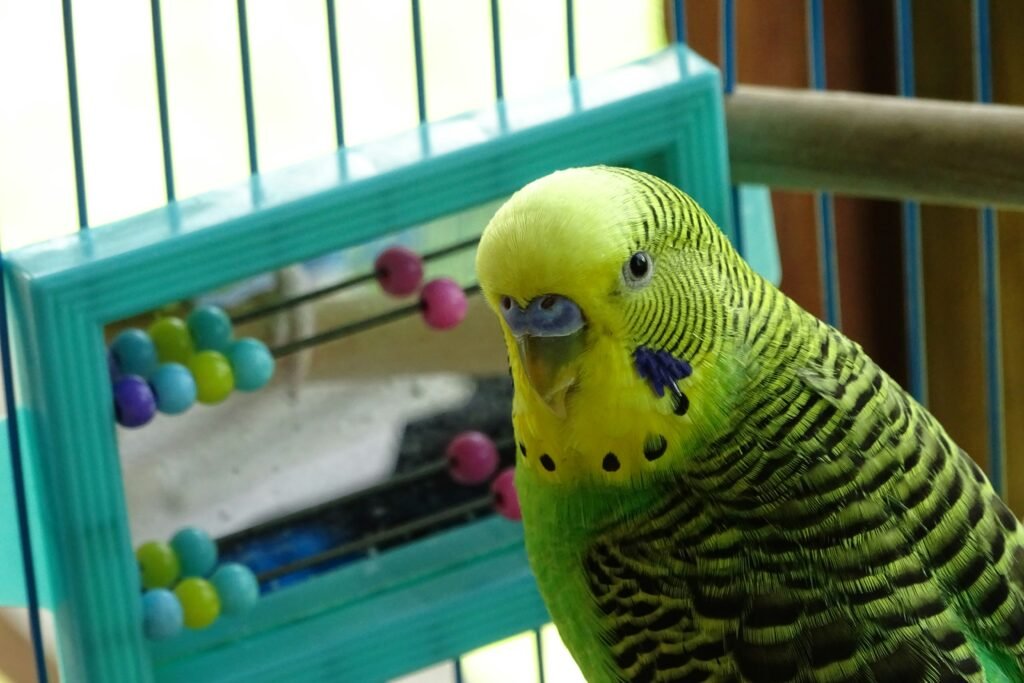Is a cockatiel’s playtime merely entertainment, or can it serve as a crucial exercise in natural enrichment? Foraging toys fashioned from eco-friendly materials simulate instinct-driven scavenging activities while promoting mental acuity and physical engagement.
These interactive accessories mimic wild foraging behaviors using sustainable components, offering pet owners a method to stimulate their bird’s innate curiosity. The article contends that introducing such carefully designed toys not only invigorates routine but also fosters healthier behavioral patterns in cockatiels.
Benefits and Usage Guidelines for Foraging Toys for Cockatiels

Foraging toys provide multiple benefits by stimulating natural foraging instincts, enhancing physical activity, and offering mental engagement for cockatiels. Their design using non-toxic, bird-friendly materials minimizes health risks while promoting cognitive enrichment and playful behavior. These toys serve as safe chew-and-search accessories that encourage exploration and interactive play ideas for feathered companions. Free shipping offers and manufacturer-suggested delivery times for US orders complement the added convenience, making these budget-friendly play gadgets an attractive choice for pet owners.
Step-by-step guidelines simplify the introduction of these toys into a cockatiel’s environment. Position the toy securely within the cage, ideally near a favorite treat such as millet, to motivate the bird’s natural response. Monitor the bird’s adjustment and gradually increase the toy’s accessibility as confidence builds.
- Place the toy at an easily reachable level inside the cage.
- Observe cockatiel behavior to verify effective engagement.
- Rotate toys periodically to maintain interest and prevent habituation.
- Encourage interaction by pairing the toy with small rewards and treats.
Usage tips include regular safety checks and cleaning practices. It is essential to inspect the toy for signs of wear that may compromise its integrity. Routine cleaning with mild, non-toxic agents prevents the buildup of residue while sustaining the material’s longevity. These measures guarantee that cockatiels continue to receive safe and effective enrichment that supports their health and behavioral well-being throughout daily play sessions.
Product Comparison & Reviews for Foraging Toys for Cockatiels

Detailed product evaluation plays a crucial role in selecting foraging toys that align with the diverse needs of cockatiels. Varied options such as foraging boxes, shreddable alternatives, and interactive play devices provide distinct benefits. Caregivers seek toys that utilize eco-friendly, non-toxic materials and emphasize ease of attachment within cages. Competitive pricing and free shipping for orders above a designated amount further enhance purchase value. Evaluating these aspects helps pet owners choose devices that promote natural feeding behaviors while engaging a cockatiel’s mind through puzzle feeders and search games.
| Toy Name | Material | Key Feature |
|---|---|---|
| Feathered Forager | Palm leaves and reclaimed wood | Easy cage attachment |
| Puzzle Pal | Bamboo and coconut fibers | Interactive treat dispenser |
| Scavenger Station | Non-toxic recycled plastic and natural fibers | Adjustable challenge levels |
Synthesizing the comparative information reveals that each toy type offers unique benefits catering to different playful behaviors. Toys like the Feathered Forager focus on straightforward attachment and natural textures to simulate scent trails, while devices such as Puzzle Pal incorporate interactive treat puzzles designed to engage cockatiel minds.
The Scavenger Station presents a budget-friendly option that adapts to an individual bird’s foraging skills. This careful examination enables pet owners to balance cost, material quality, and functionality. By considering competitive pricing, product availability, and special shipping offers, enthusiasts can confidently select a foraging toy that nurtures natural behaviors while providing lasting cognitive and physical stimulation.
Final Words
This article outlines natural enrichment methods using eco-friendly foraging toys for cockatiels.
It highlights design features, usage guidelines, and DIY projects that boost mental stimulation.
The product comparisons offer practical insights through visuals and expert advice on selecting safe, effective toys.
Clear instructions and hands-on tips empower pet owners to create stimulating environments.
Practical recommendations support enhancing bird observation and playful interactions using foraging toys for cockatiels.
Overall, the blog provides a comprehensive and engaging guide to elevating pet bird care on multiple fronts.
FAQ
Q: What are the best foraging toys for cockatiels?
A: The most effective foraging toys for cockatiels include palm leaf woven baskets, coconut fiber puzzles, and bamboo treat holders. These toys promote natural foraging behaviors while providing mental stimulation.
Q: What materials can I use for DIY cockatiel foraging toys?
A: Safe materials for DIY cockatiel toys include untreated wooden blocks, paper straws, cardboard tubes, and natural fiber ropes. These items can be assembled into puzzles that hide treats and encourage exploration.
Q: How do I introduce foraging toys to my cockatiel?
A: Start with simple toys that display treats visibly, then gradually increase complexity. Place toys near familiar feeding areas and demonstrate interaction by showing where treats are hidden.
Q: What size should cockatiel foraging toys be?
A: Cockatiel foraging toys should measure between 4-8 inches in length and feature openings no larger than 1/2 inch. This size range ensures safe interaction without risk of entrapment.
Q: How often should foraging toys be replaced?
A: Replace foraging toys when they show signs of wear, typically every 2-4 weeks for destructible items. Rotate different types of toys weekly to maintain interest and engagement.
Q: Are natural fiber foraging toys safe for cockatiels?
A: Natural fiber toys made from palm, seagrass, and coconut are safe and appropriate for cockatiels. These materials provide excellent foraging opportunities and are digestible if ingested.
Q: How many foraging toys should a cockatiel have?
A: Provide 3-4 different foraging toys at a time, rotating them regularly. This number allows variety while preventing overcrowding in the cage environment.


